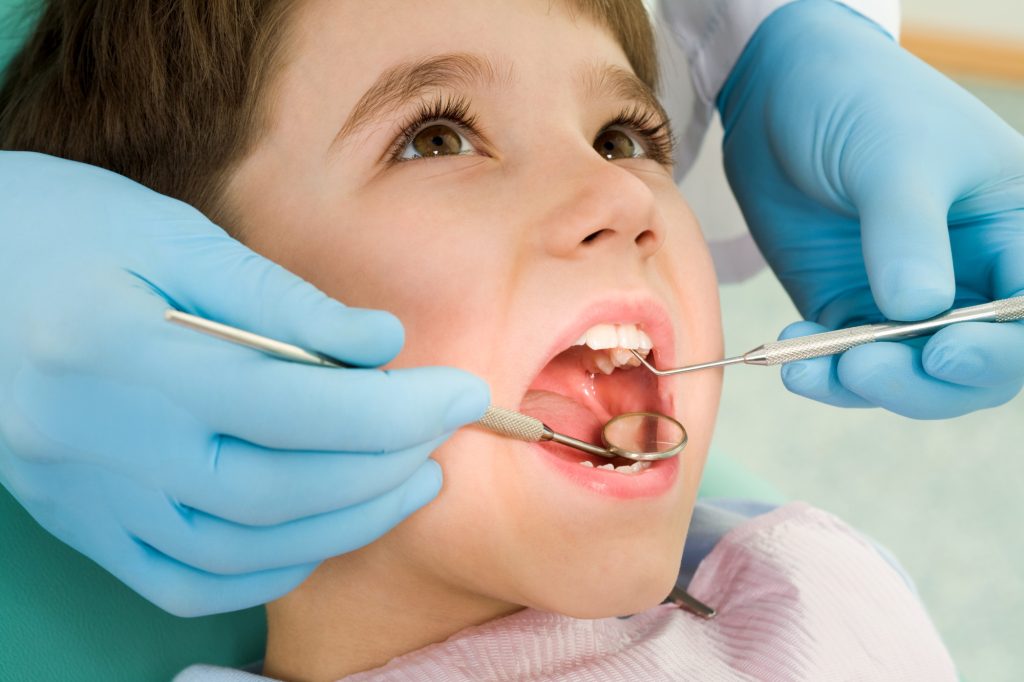Do you experience tooth pain? Have you been wondering if you have tooth decay or not?
When it comes to oral health and hygiene, the choices we make now impact us for a lifetime. Yet, learning about tooth decay can help you prevent others from appearing in the future.
You won’t miss a thing from staying in the know. But you can’t learn about tooth decay unless you’re familiar with it!
Keep reading to learn about tooth decay and what you can do to prevent it.
What Is Tooth Decay?
Tooth decay is a condition that occurs when bacteria and acid in the mouth cause the enamel of the teeth to break down. This breakdown is known as tooth demineralization.
Tooth decay can lead to pain and sensitivity, and even infection and tooth loss if left untreated. It is caused when bacteria and acid produced by the bacteria feed on sugars and starches in the food and drink we consume.
This causes a plaque buildup which encourages acid production, which eventually erodes the enamel of the tooth. Regular brushing and flossing, along with routine dental check-ups, can prevent tooth decay by keeping teeth clean and removing food and plaque buildup. A balanced diet, limiting your sugar intake, and limiting acidic drinks can help to prevent tooth decay.
If you start to notice signs of tooth decay, such as a change in tooth color or texture, make sure to contact your dentist as soon as possible. Tooth decay can be treated with fluoride treatments and dental implants, and more serious cases may require a root canal. Regular check-ups and proper dental hygiene are the best ways to prevent tooth decay.
Stages of Tooth Decay
Tooth decay is a painful process that can have serious dental health consequences. Several stages of tooth decay can progress from mild to more advanced as dental health is neglected. These are as follows:
Demineralization
Tooth decay demineralization is a key factor in the breakdown of healthy teeth. Demineralization occurs when acids from plaque and bacteria attack the enamel or hard outer layer of teeth. As a result, the enamel starts to thin, and the underlying dentin, or soft inner layer, becomes exposed.
This increases the risk of cavities and other oral health problems. Saliva plays an important role in restoring demineralized teeth to their healthy state, as the minerals and calcium present in saliva help to rebuild the enamel. Fluoride, available in toothpaste, gels, mouth rinses, and other products, helps to remineralize teeth.
Enamel Decay
Enamel decay affects the outermost protective coating of the tooth, which can worsen over time and cause painful cavities. This occurs when acids from food, bacteria, and drinks come into contact with the enamel, causing it to break down and erode. If left untreated, tooth decay can lead to other oral health problems, such as gum disease, bad breath, and even tooth loss.
To help prevent enamel decay, it is important to brush and floss regularly, avoid sugary and acidic foods, and make sure to get regular dental cleanings. Additionally, using a special toothpaste designed to strengthen enamel can help protect against decay. The most important thing to remember when it comes to enamel decay is to catch it early, as it can worsen with time.
Dentin Decay
Tooth decay, also known as dental caries, occurs when acids created by bacteria eat away at the protective layer of enamel and dentin that covers the teeth.
Dentin decay, which is caused by the same bacteria, can be more serious and is often caused by inadequate oral hygiene habits over a prolonged period of time. It is also a major cause of tooth sensitivity because it exposes the inner layers of the tooth to air, cold, and hot temperatures.
This is visible on X-rays as dark spots and can usually be seen even in the earliest stages of decay. Preventing dentin decay is the same as preventing tooth decay.
Brushing twice a day, flossing regularly, and rinsing with an antimicrobial mouthwash can help maintain healthy teeth and gums. Additionally, visiting your dentist for regular checkups and cleanings helps to detect the earliest signs of decay and can also be useful in preventing it.
Damaged Pulp
The damaged pulp is a state in which the central area of a tooth is damaged and compromised by the bacteria that is responsible for dental caries. As the bacteria enter the innermost layer of enamel and dentin, the pulp chamber is affected.
The damaged area is often indicated by a dark yellow or black discoloration. Symptoms of damaged pulp can include pain, swelling, and sensitivity to hot or cold foods and drinks.
It is important to see a dentist immediately if you think you have tooth decay-damaged pulp, as it must be treated right away to avoid complications. Treatment may involve a dental filling, root canal therapy, or tooth extraction, among other options.
By properly caring for your teeth and adhering to regular dental visits, you can help prevent tooth decay, damaged pulp and keep your teeth healthy.
Abscess Formation
Tooth decay and abscess formation are linked in multiple ways. When a tooth’s hard enamel breaks down, bacteria can enter the tooth, leading to an infection.
When this infection spreads to the pulp and causes an abscess, the resulting oral health problem is known as an abscessed tooth. Abscesses form when bacteria that cause a cavity eventually enter the tooth’s root pulp. This infection causes white blood cells to accumulate at the site of the infection, which results in a pus-filled abscess.
A tooth decay abscess can cause a fever, swelling in the face and gums, an unpleasant taste, and pain that can be severe. If left untreated, it can cause serious damage to the affected teeth and even lead to bone loss.
Regular brushing, flossing, and dental visits can help to prevent abscesses by removing plaque and tartar buildup to keep bacteria out of the tooth. Treatment for a tooth abscess may include a dental filling or root canal to address the cavity.
Learn More About Tooth Decay
Tooth decay is an issue that affects everyone, and it is important to truly understand it. With proper maintenance and care, we can ensure our teeth will last us a lifetime.
So, take the time to learn more about how you can prevent tooth decay and maintain a healthy and happy smile.
Did you find this article helpful? Check out the rest of our blog for more!
James Martin is a passionate writer and the founder of OnTimeMagazines & EastLifePro. He loves to write principally about technology trends. He loves to share his opinion on what’s happening in tech around the world.



